Anastasios Bezerianos
A Tutorial on Graph Theory for Brain Signal Analysis
Jul 11, 2020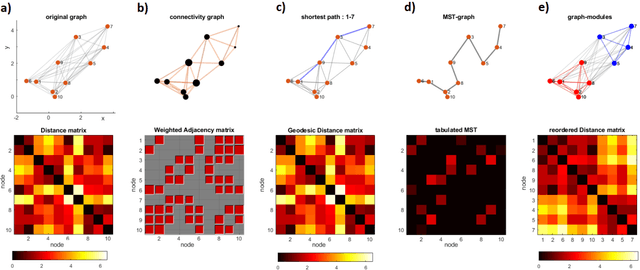
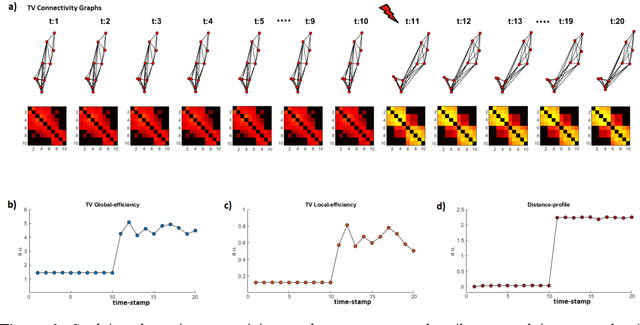
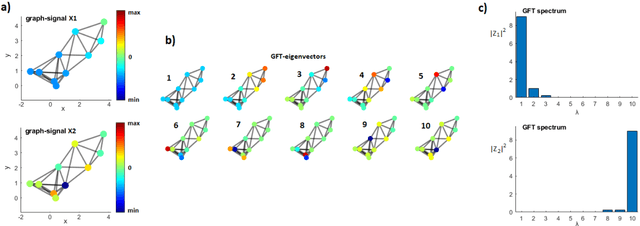
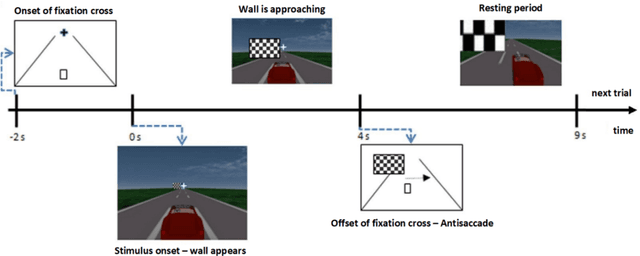
Abstract:This tutorial paper refers to the use of graph-theoretic concepts for analyzing brain signals. For didactic purposes it splits into two parts: theory and application. In the first part, we commence by introducing some basic elements from graph theory and stemming algorithmic tools, which can be employed for data-analytic purposes. Next, we describe how these concepts are adapted for handling evolving connectivity and gaining insights into network reorganization. Finally, the notion of signals residing on a given graph is introduced and elements from the emerging field of graph signal processing (GSP) are provided. The second part serves as a pragmatic demonstration of the tools and techniques described earlier. It is based on analyzing a multi-trial dataset containing single-trial responses from a visual ERP paradigm. The paper ends with a brief outline of the most recent trends in graph theory that are about to shape brain signal processing in the near future and a more general discussion on the relevance of graph-theoretic methodologies for analyzing continuous-mode neural recordings.
Multi-Kernel Capsule Network for Schizophrenia Identification
Jul 30, 2019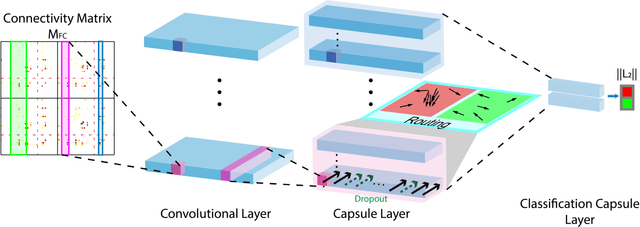
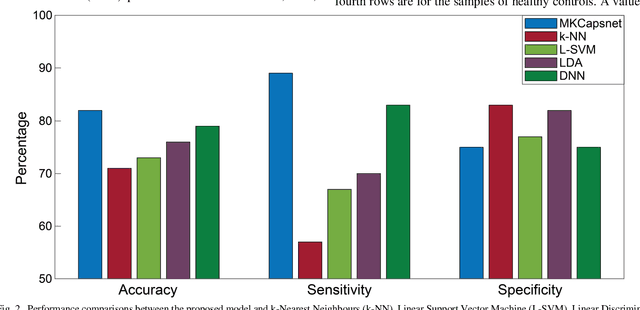
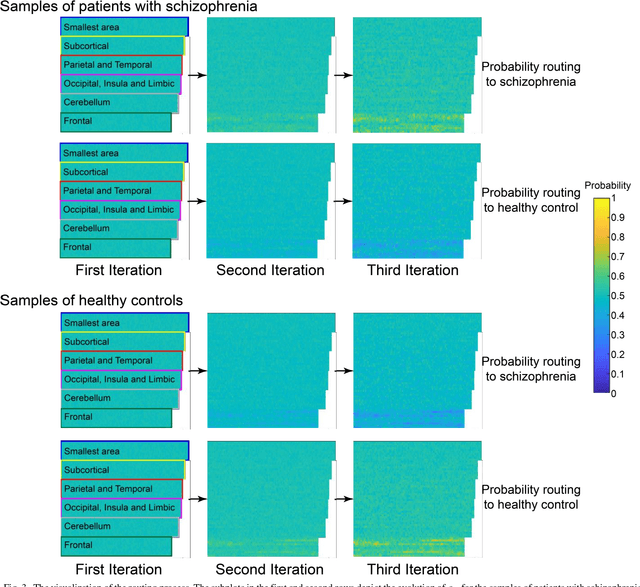

Abstract:Objective: Schizophrenia seriously affects the quality of life. To date, both simple (linear discriminant analysis) and complex (deep neural network) machine learning methods have been utilized to identify schizophrenia based on functional connectivity features. The existing simple methods need two separate steps (i.e., feature extraction and classification) to achieve the identification, which disables simultaneous tuning for the best feature extraction and classifier training. The complex methods integrate two steps and can be simultaneously tuned to achieve optimal performance, but these methods require a much larger amount of data for model training. Methods: To overcome the aforementioned drawbacks, we proposed a multi-kernel capsule network (MKCapsnet), which was developed by considering the brain anatomical structure. Kernels were set to match with partition sizes of brain anatomical structure in order to capture interregional connectivities at the varying scales. With the inspiration of widely-used dropout strategy in deep learning, we developed vector dropout in the capsule layer to prevent overfitting of the model. Results: The comparison results showed that the proposed method outperformed the state-of-the-art methods. Besides, we compared performances using different parameters and illustrated the routing process to reveal characteristics of the proposed method. Conclusion: MKCapsnet is promising for schizophrenia identification. Significance: Our study not only proposed a multi-kernel capsule network but also provided useful information in the parameter setting, which is informative for further studies using a capsule network for neurophysiological signal classification.
 Add to Chrome
Add to Chrome Add to Firefox
Add to Firefox Add to Edge
Add to Edge